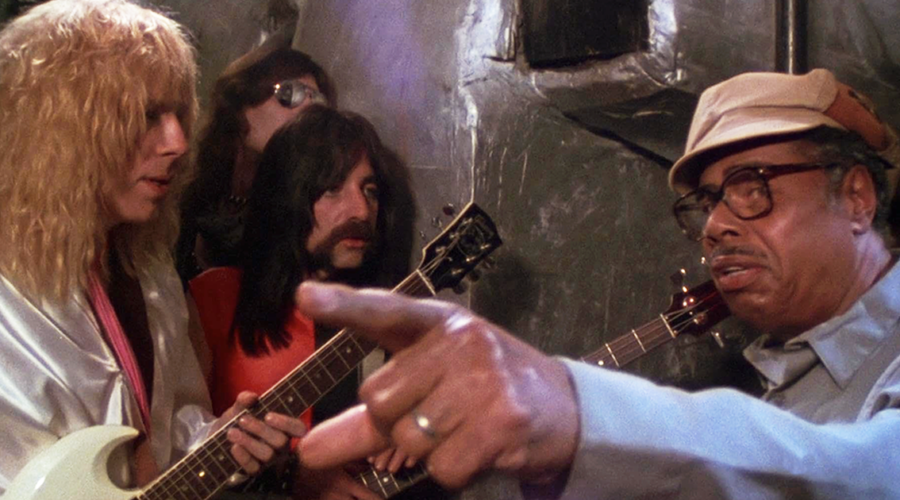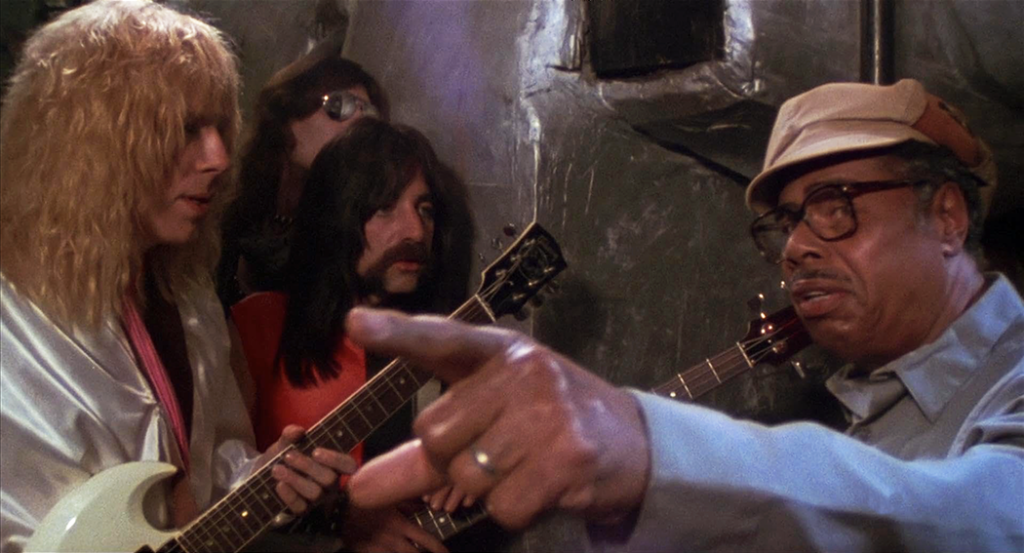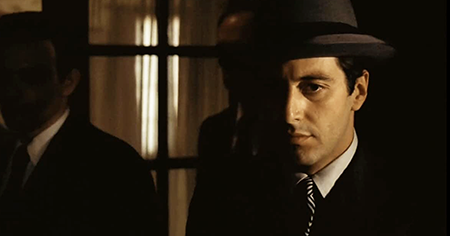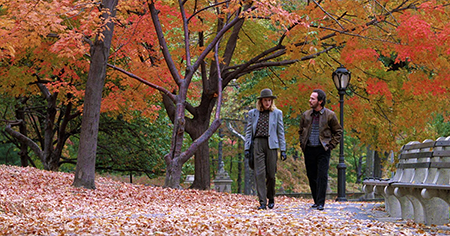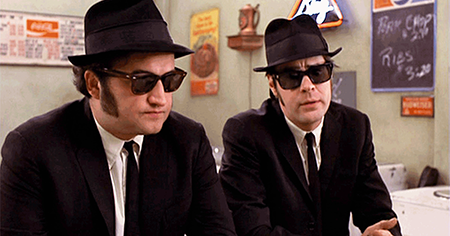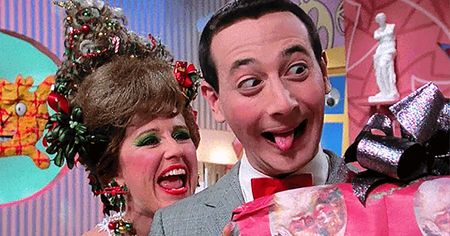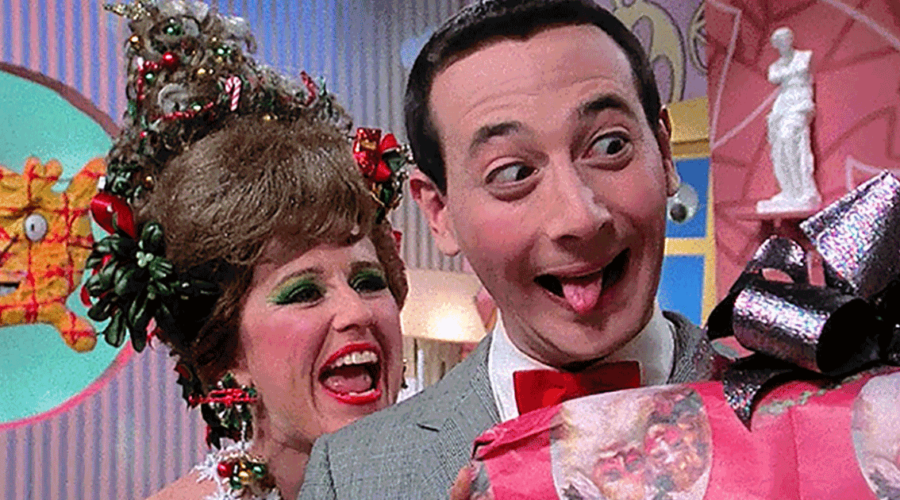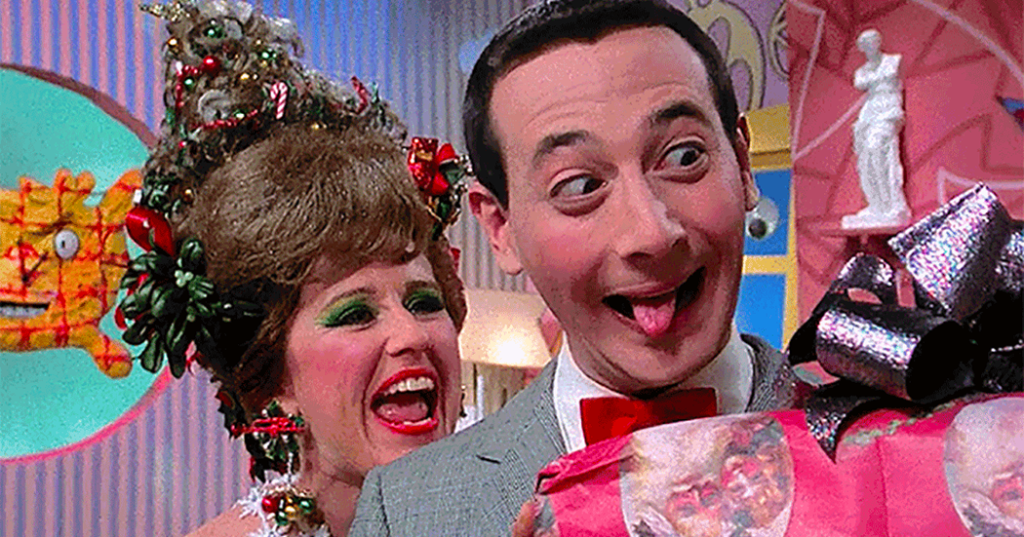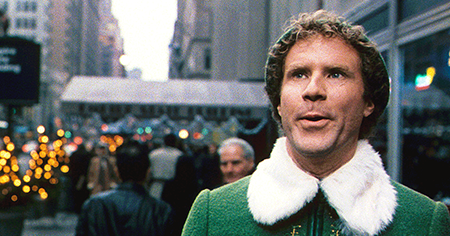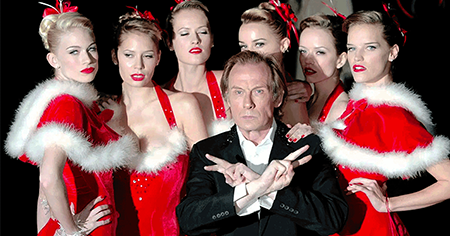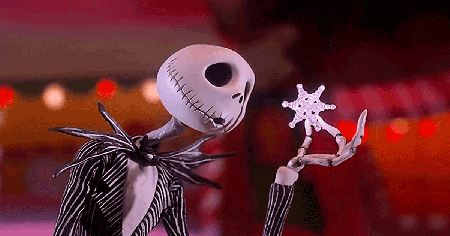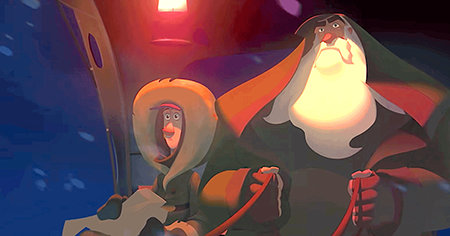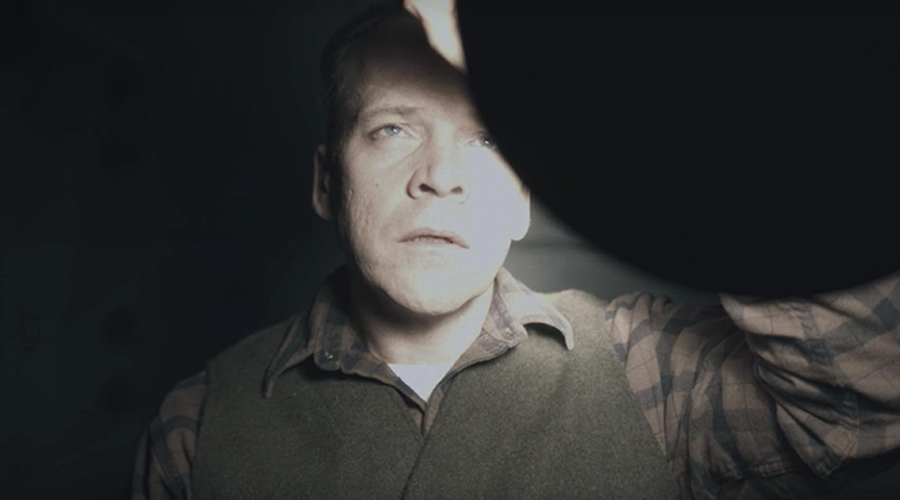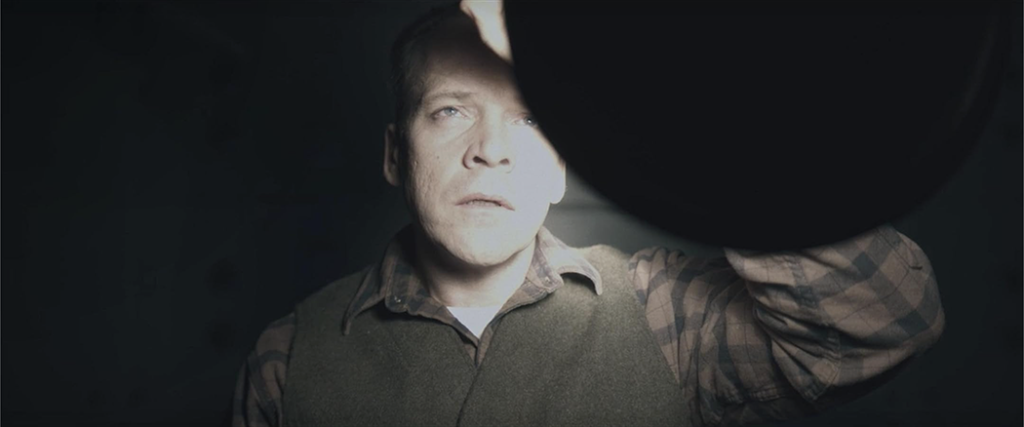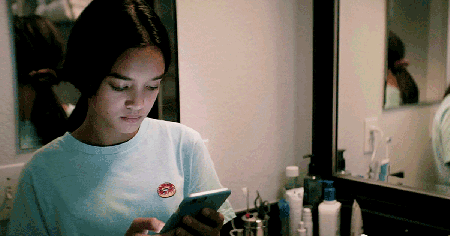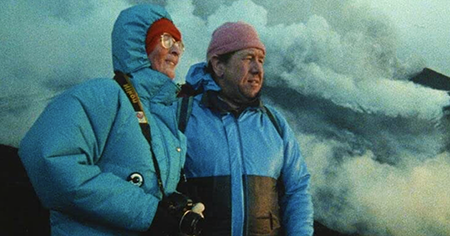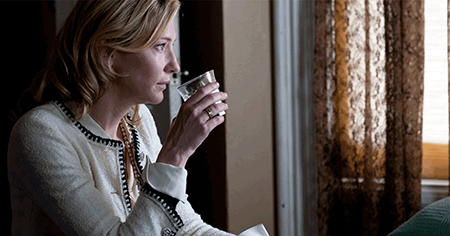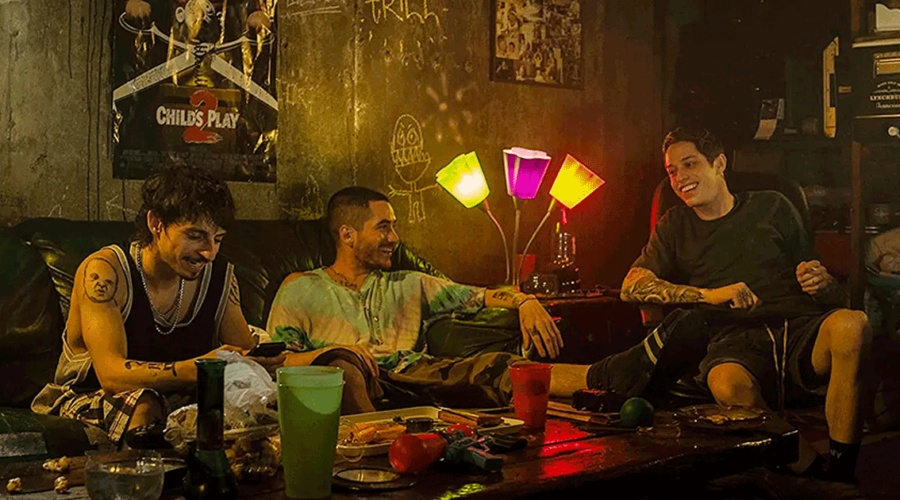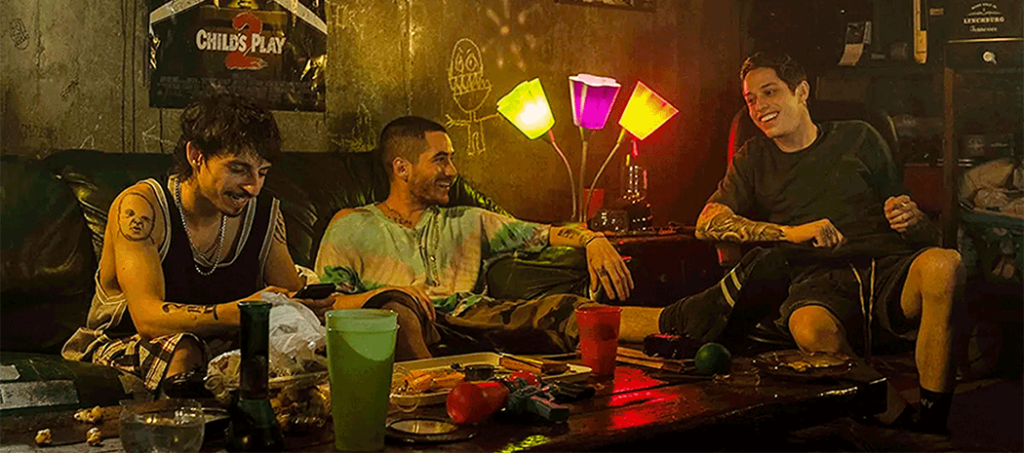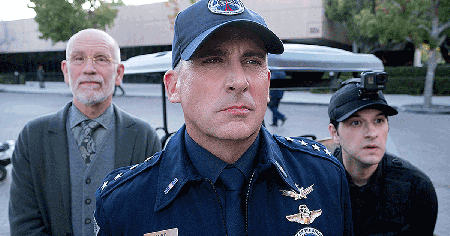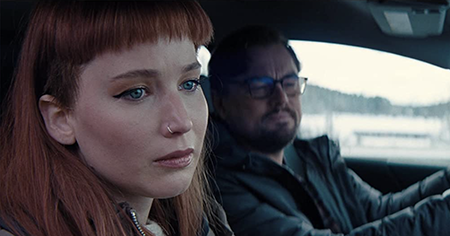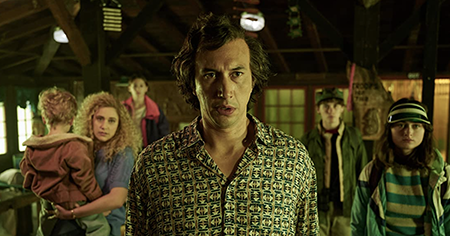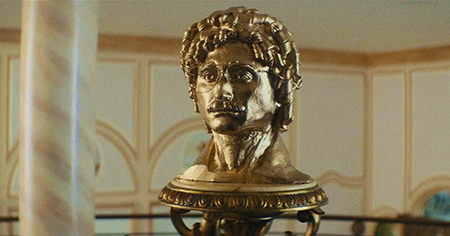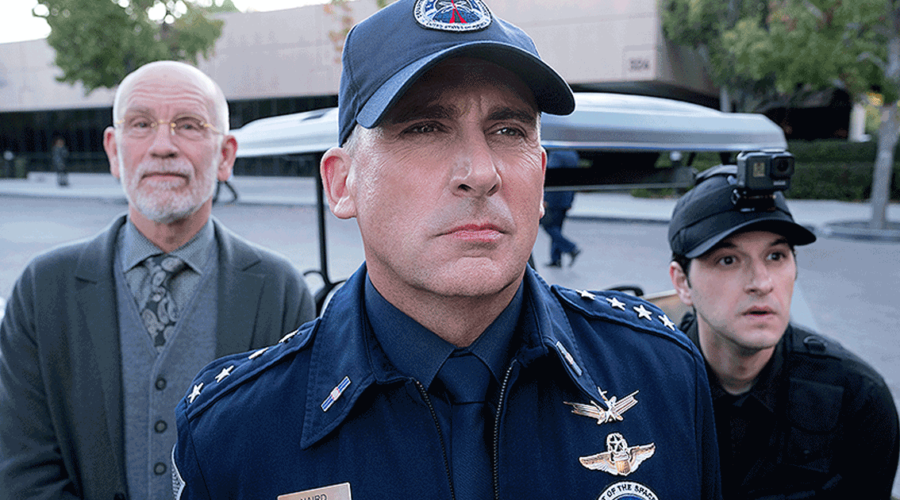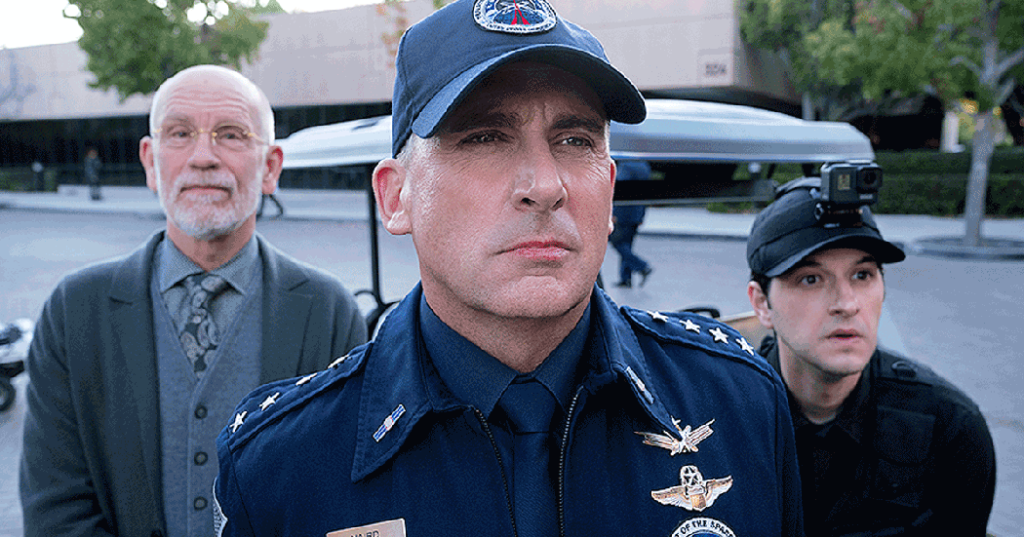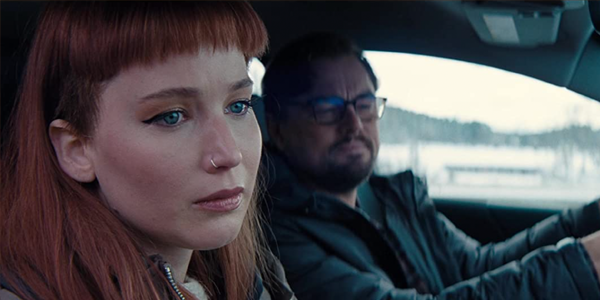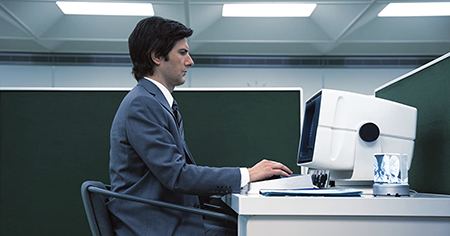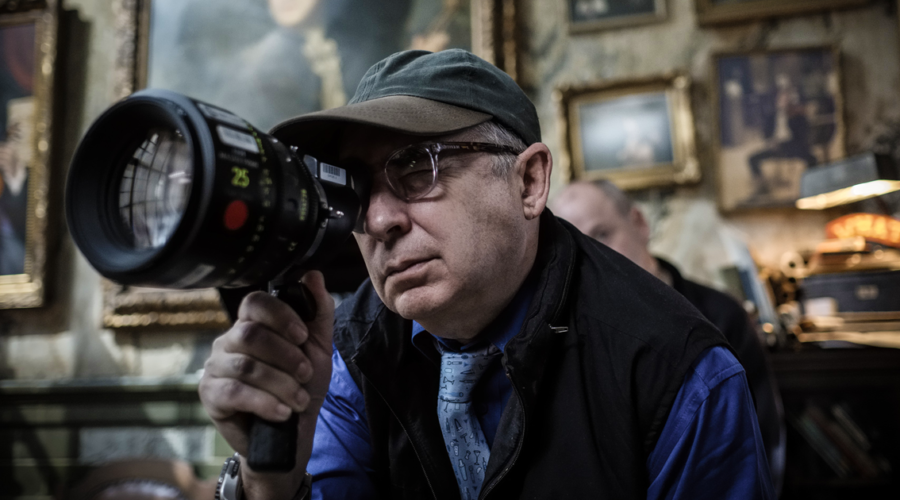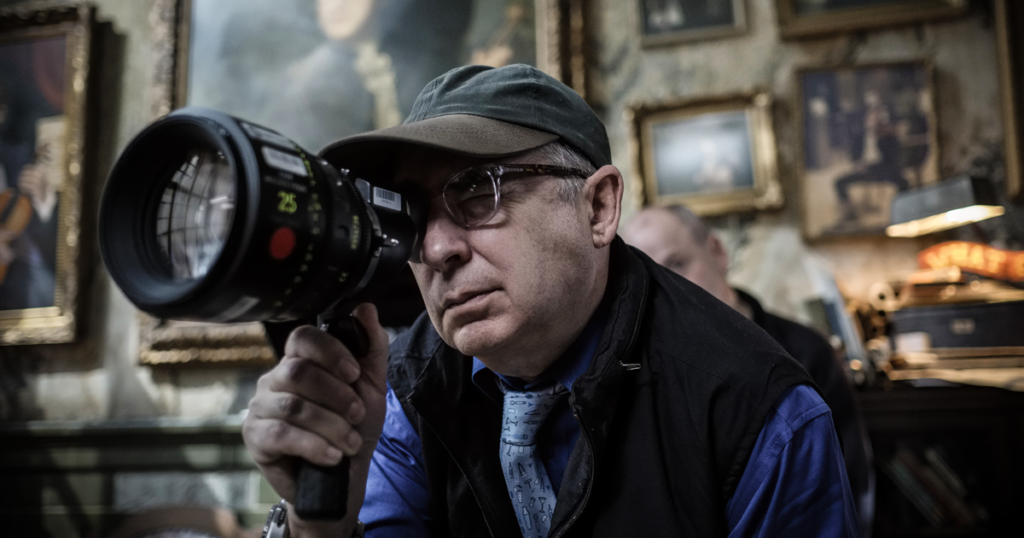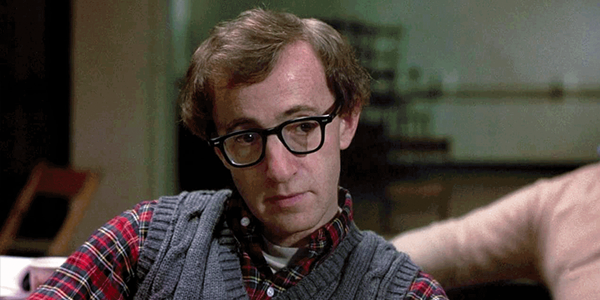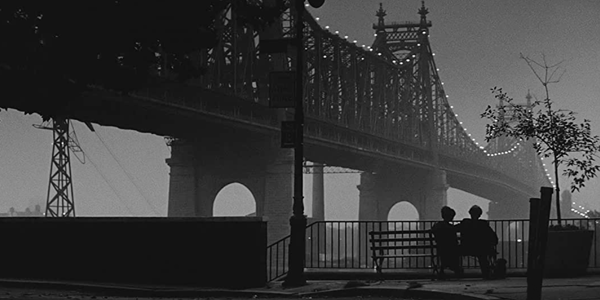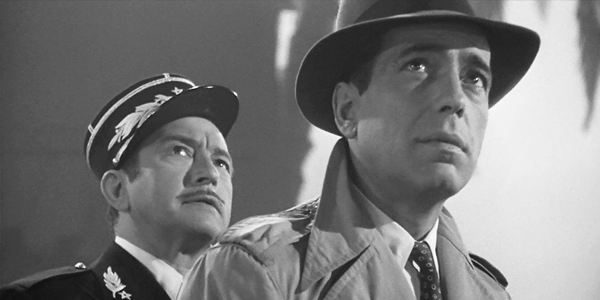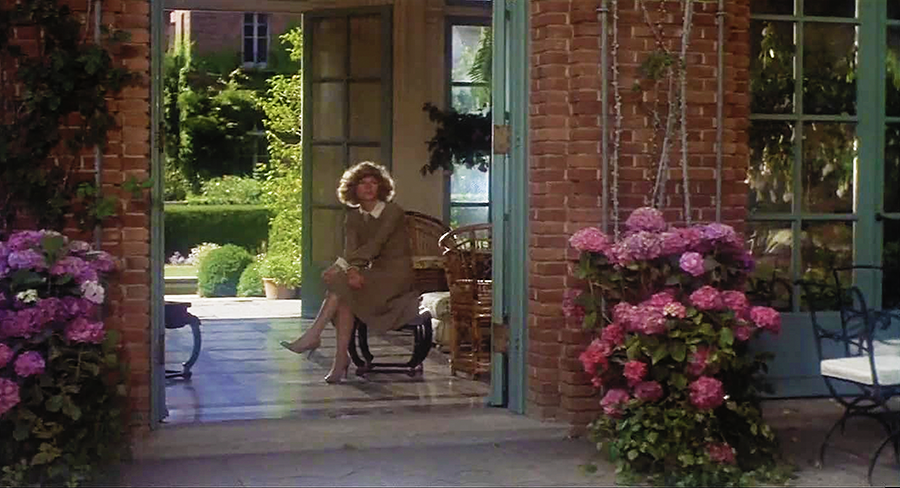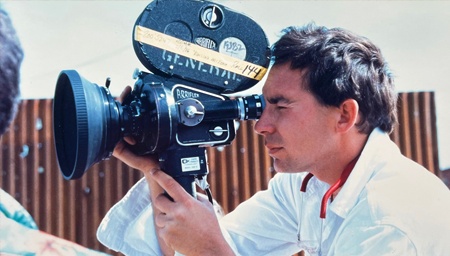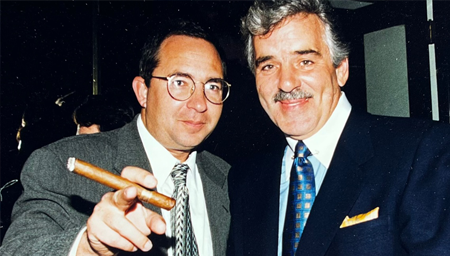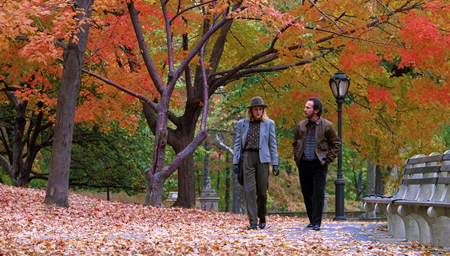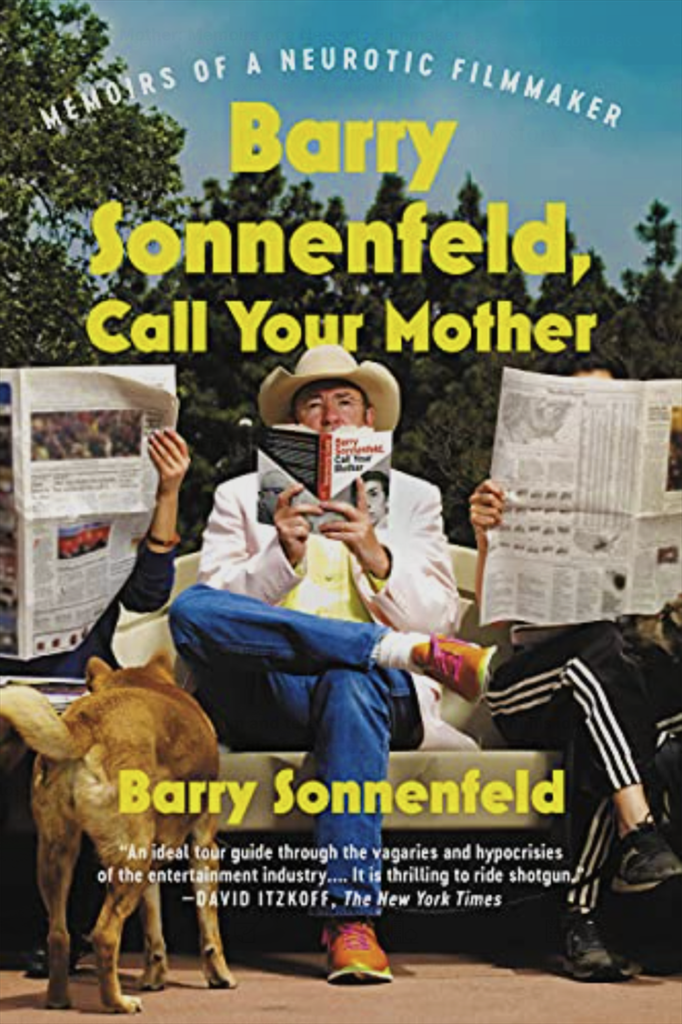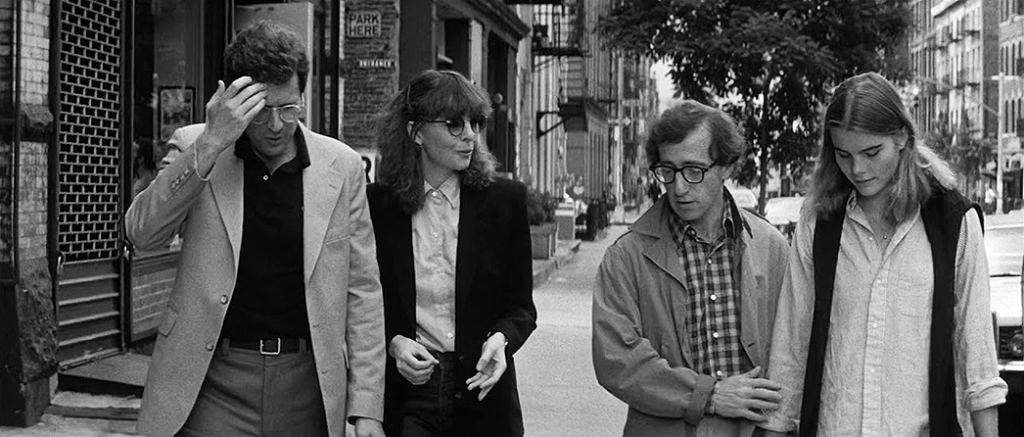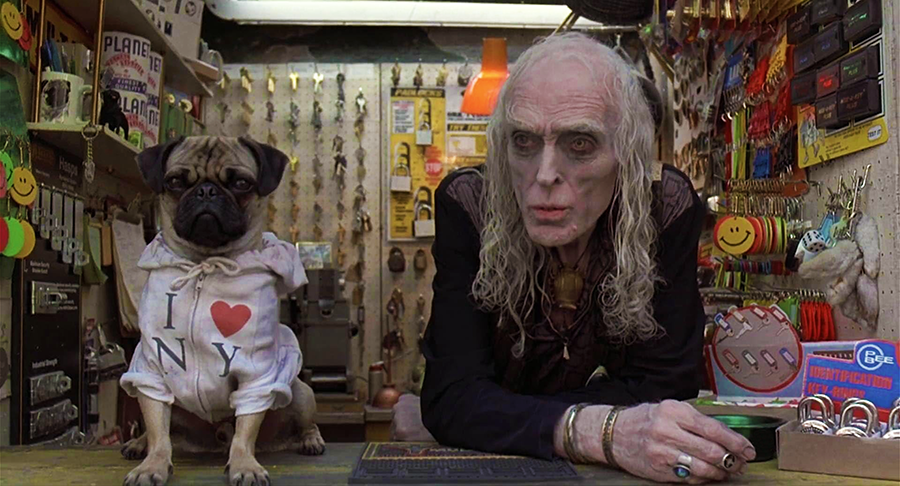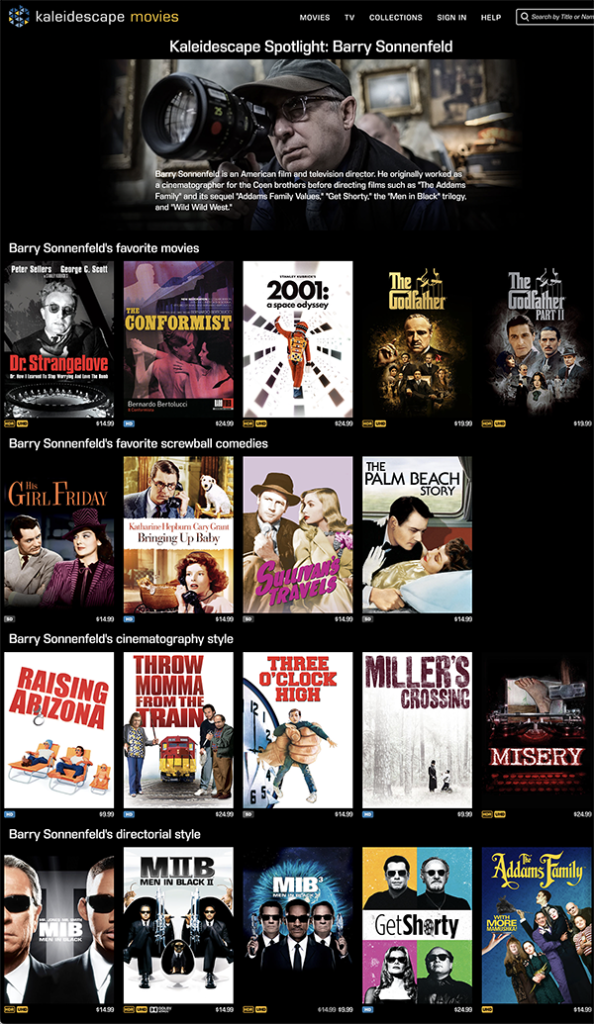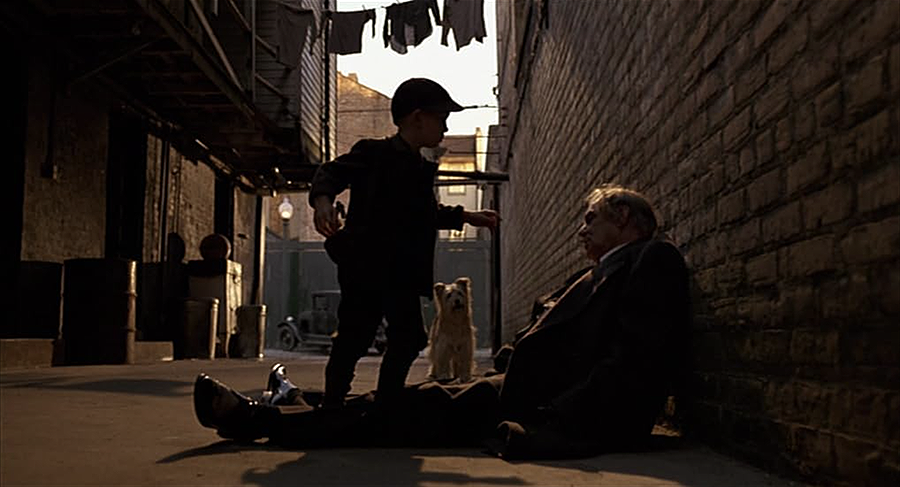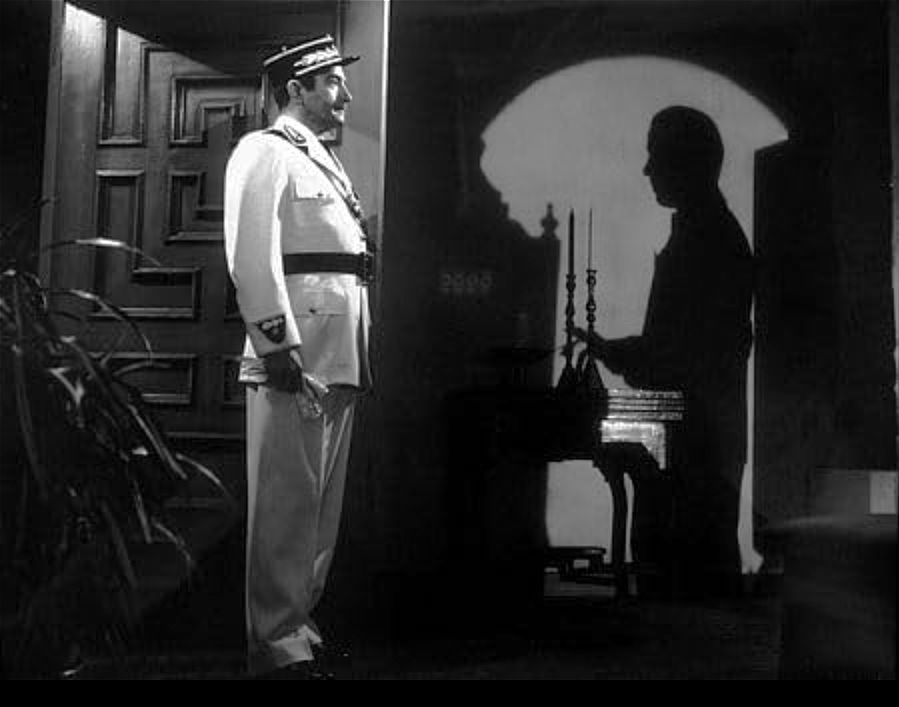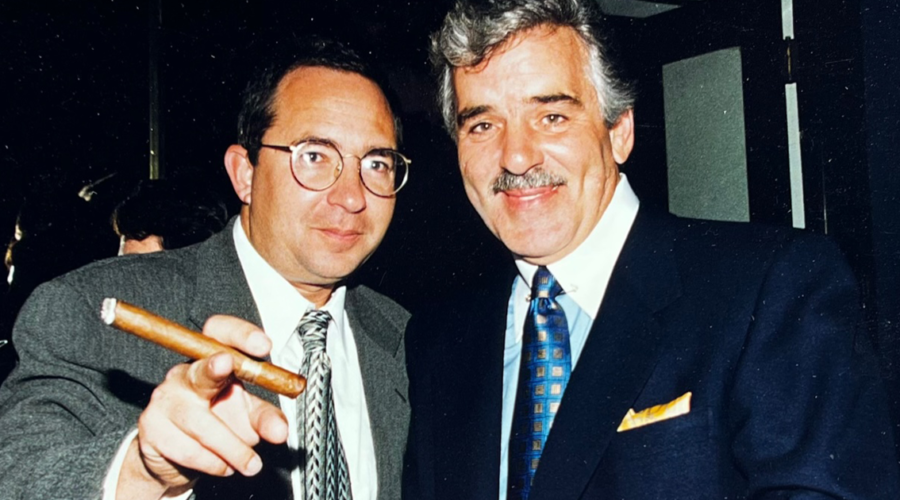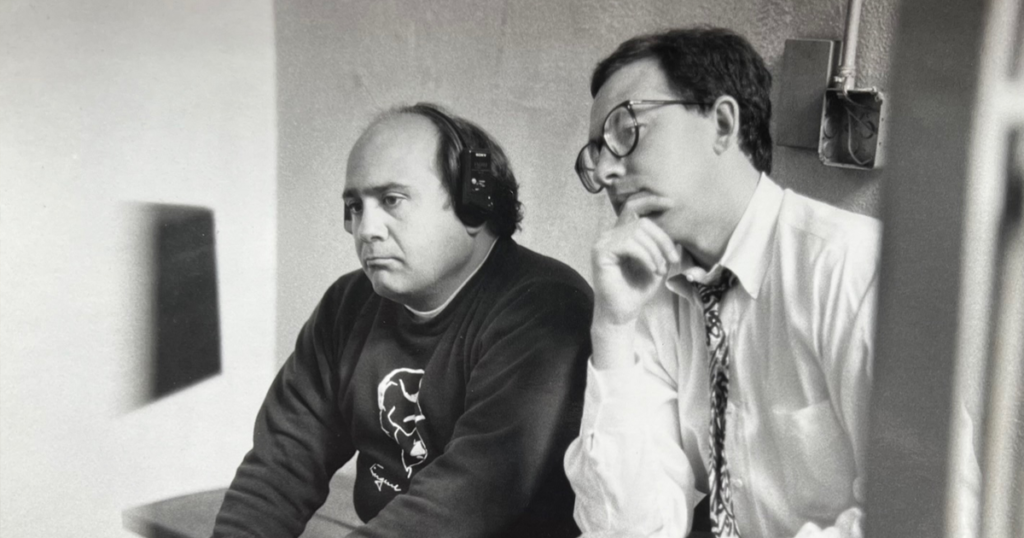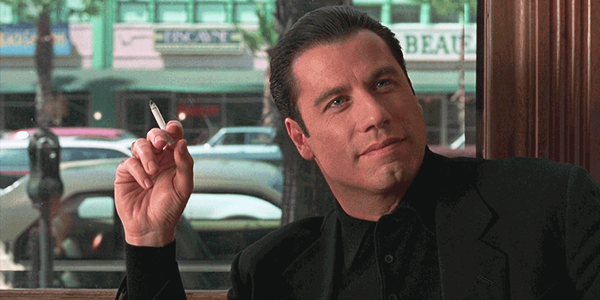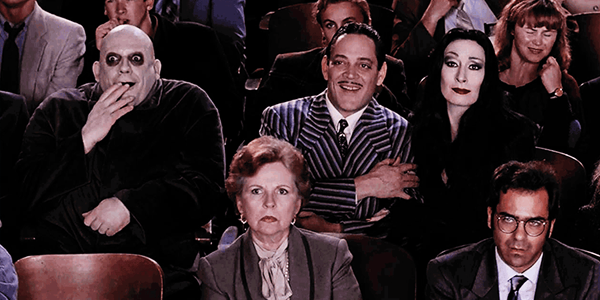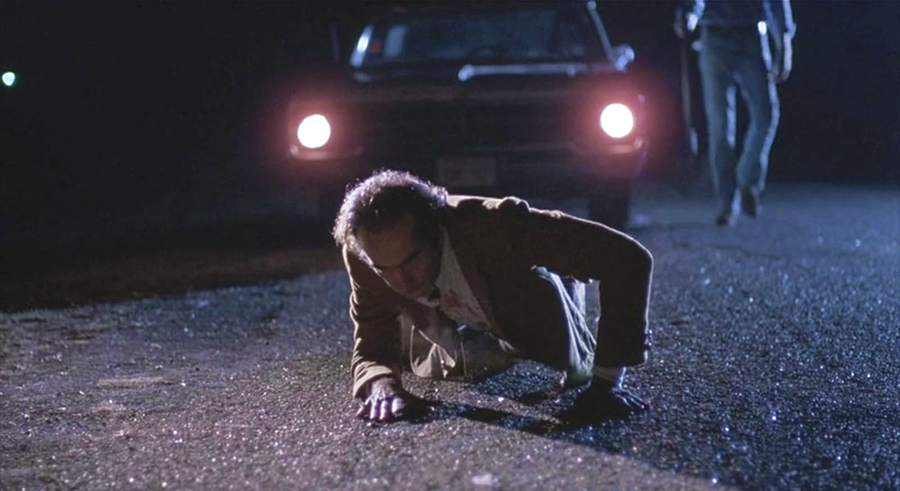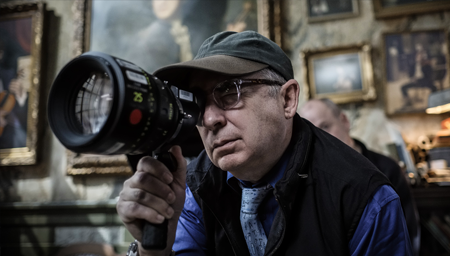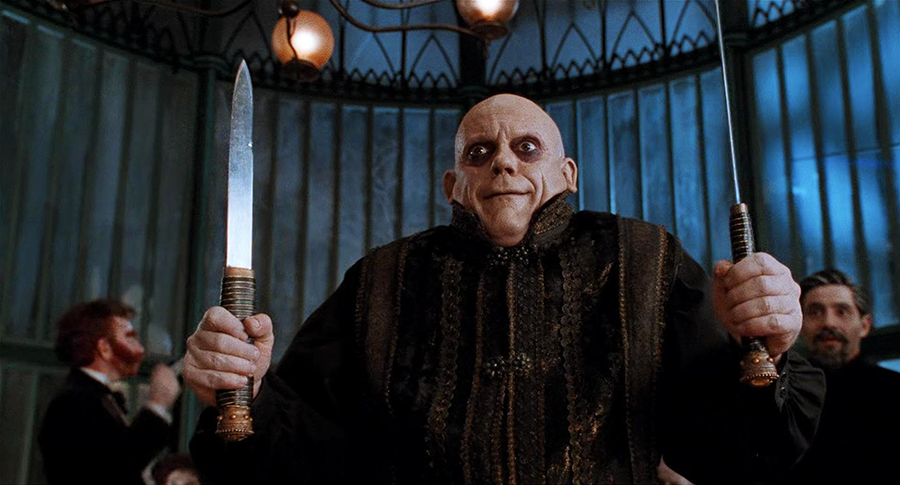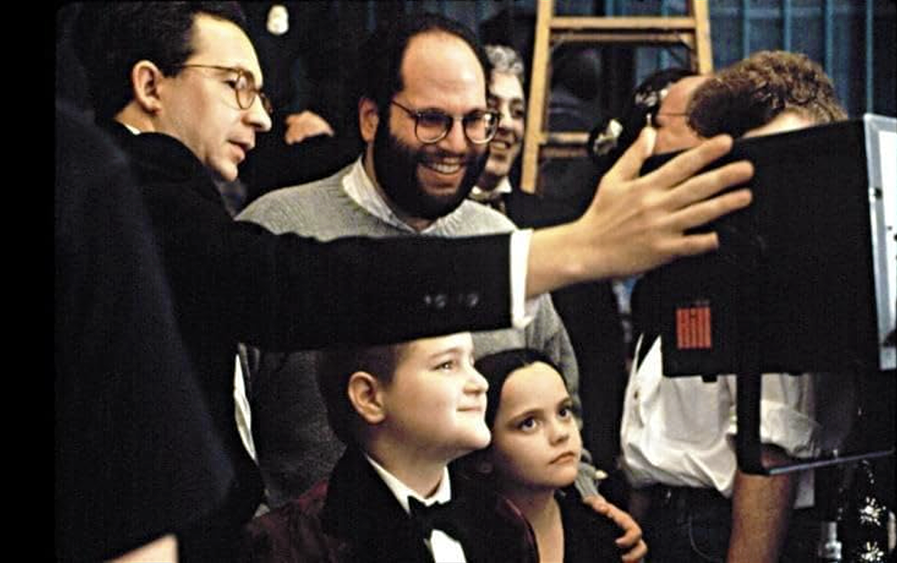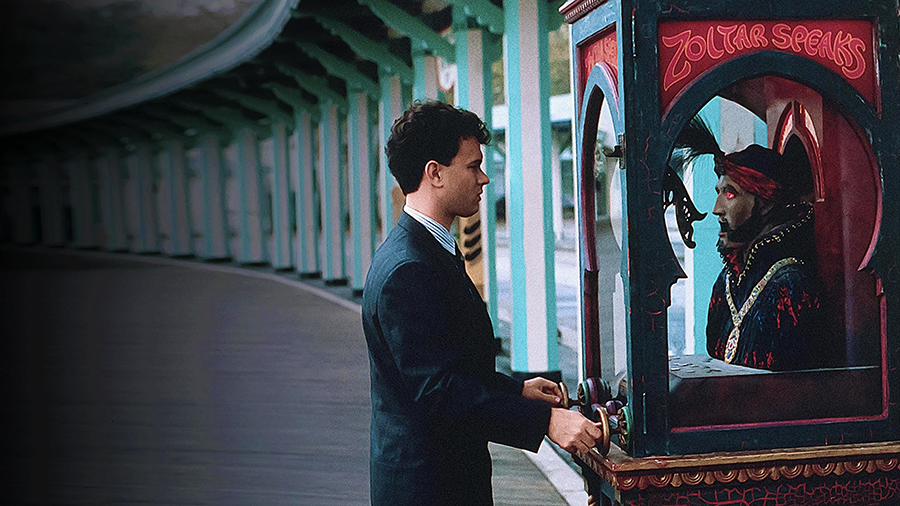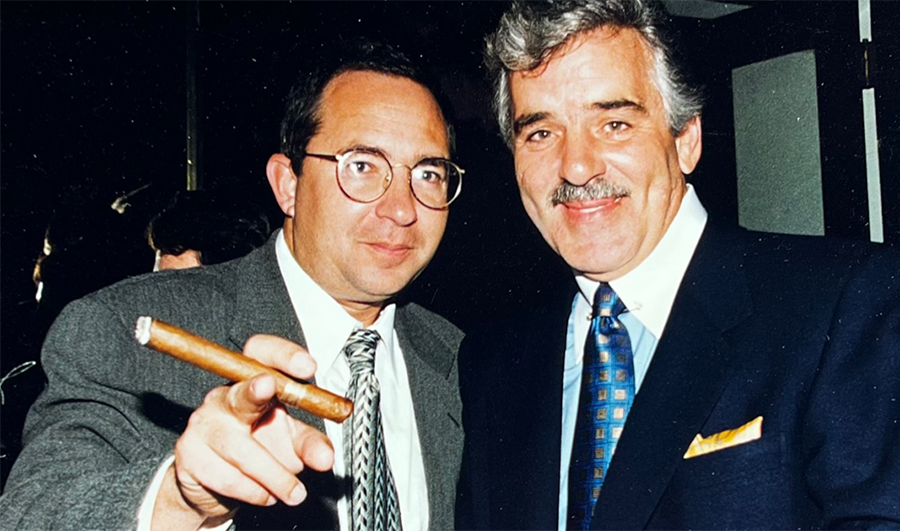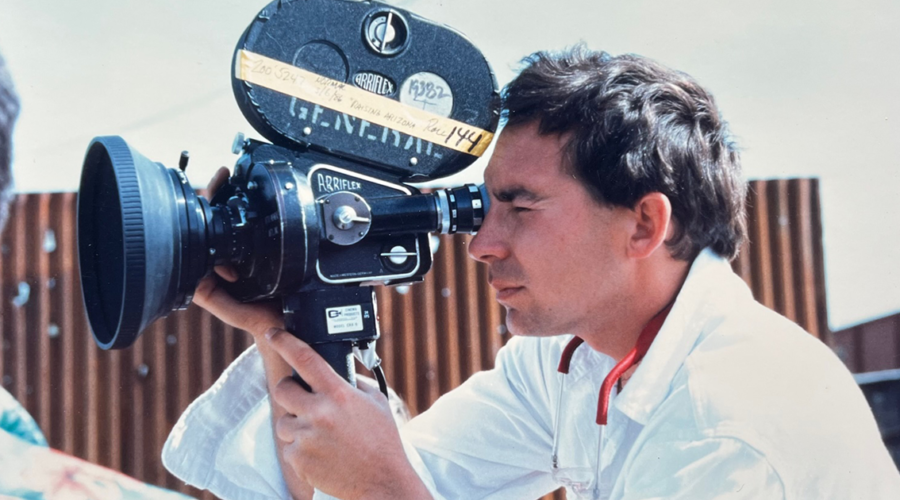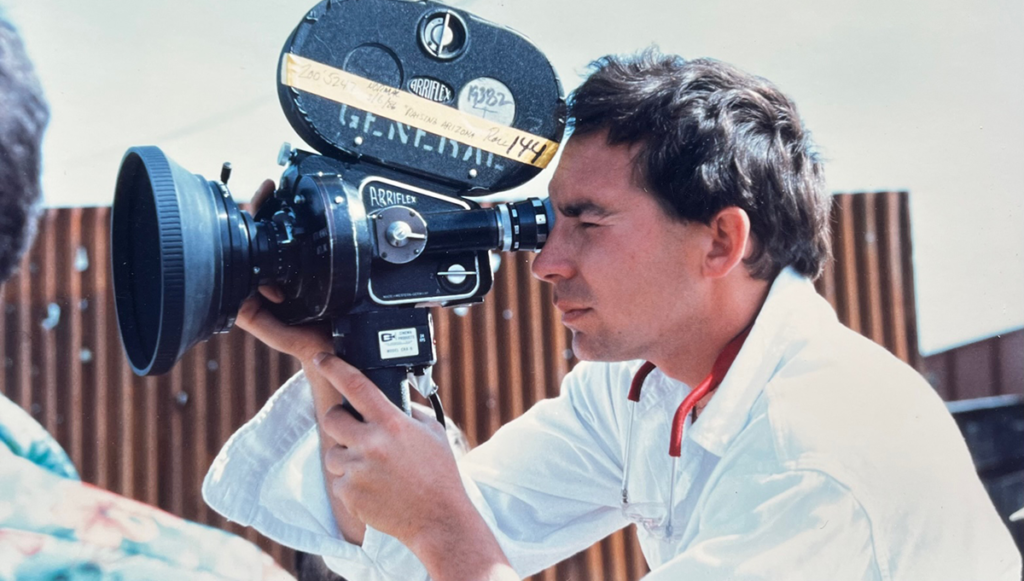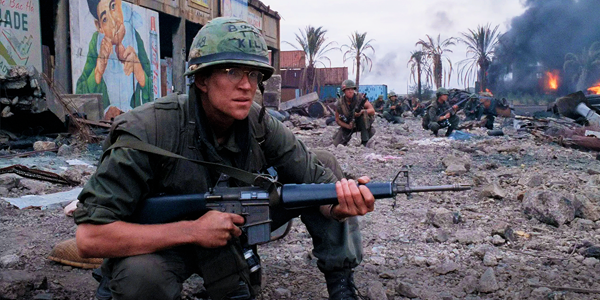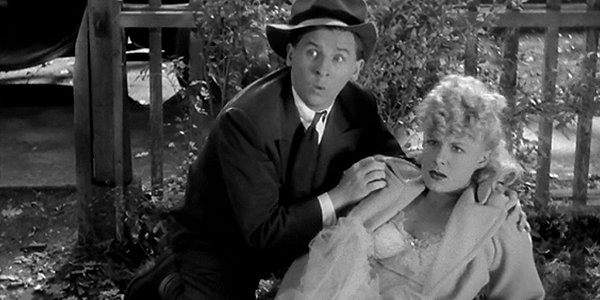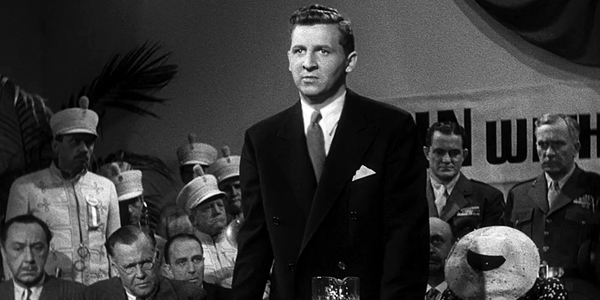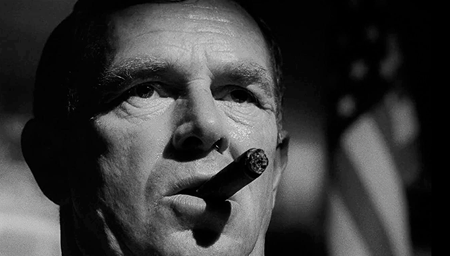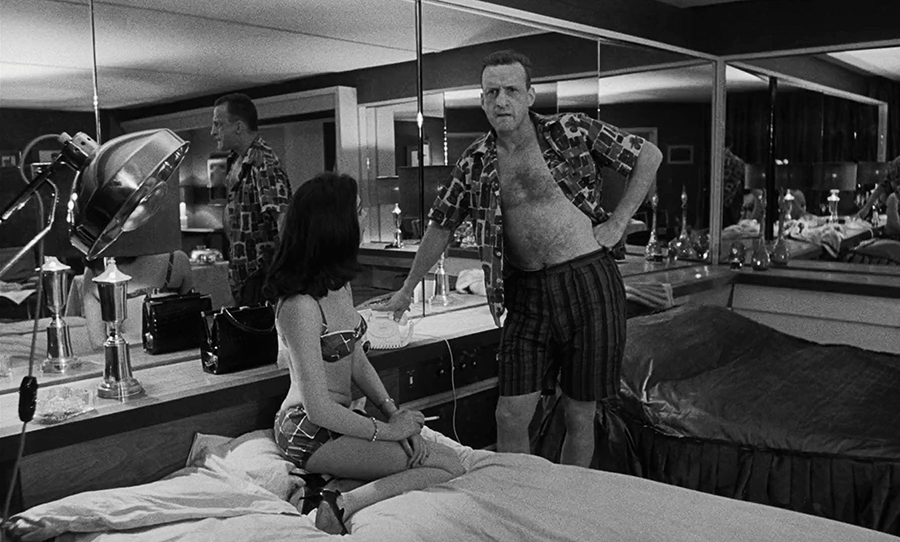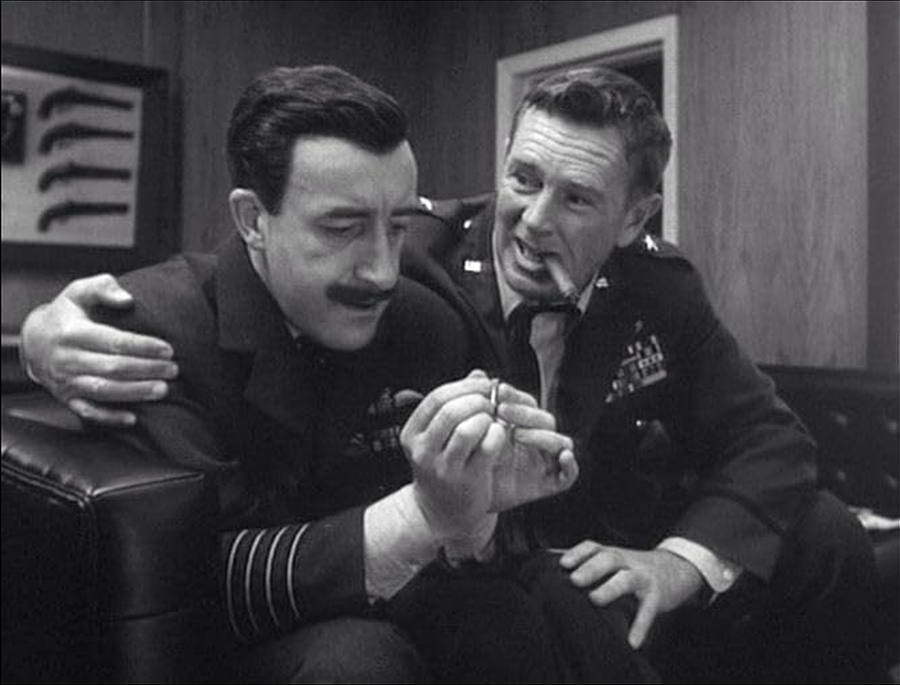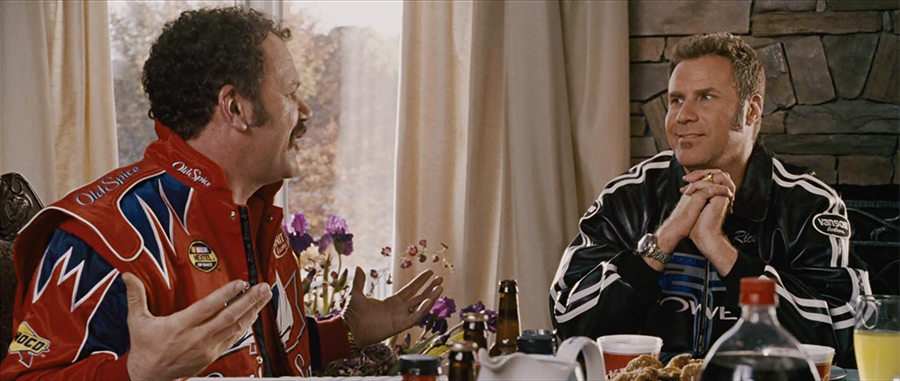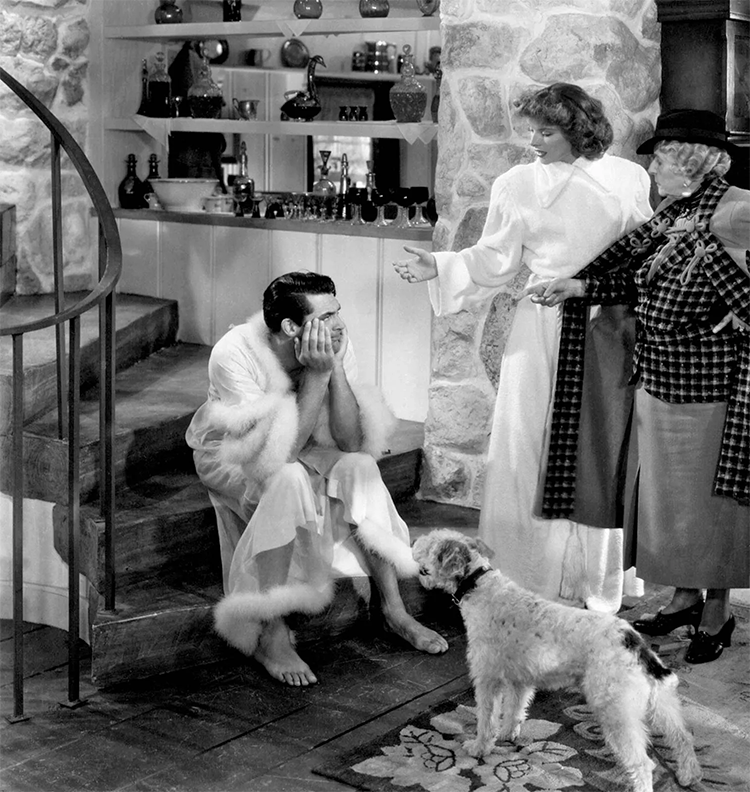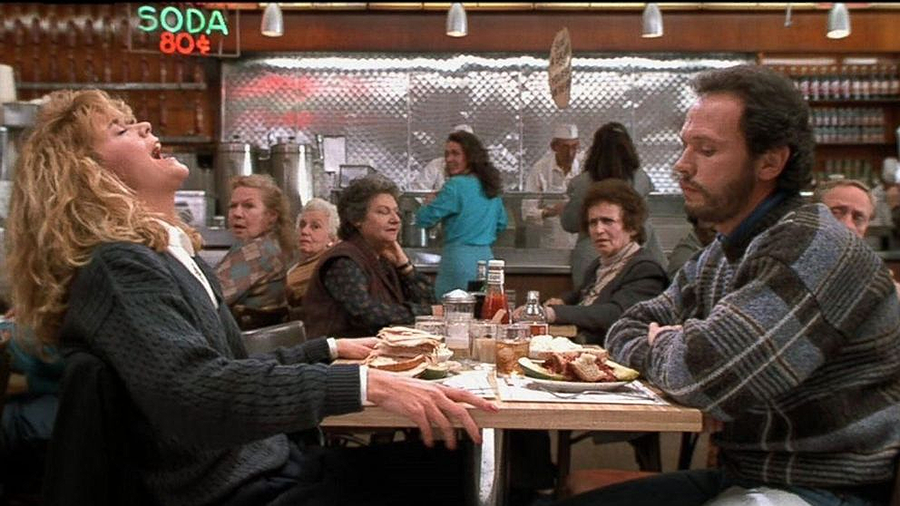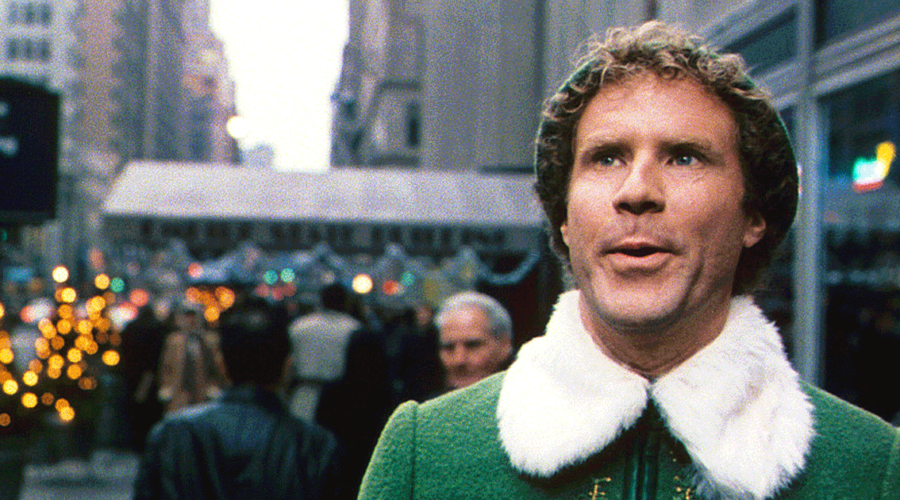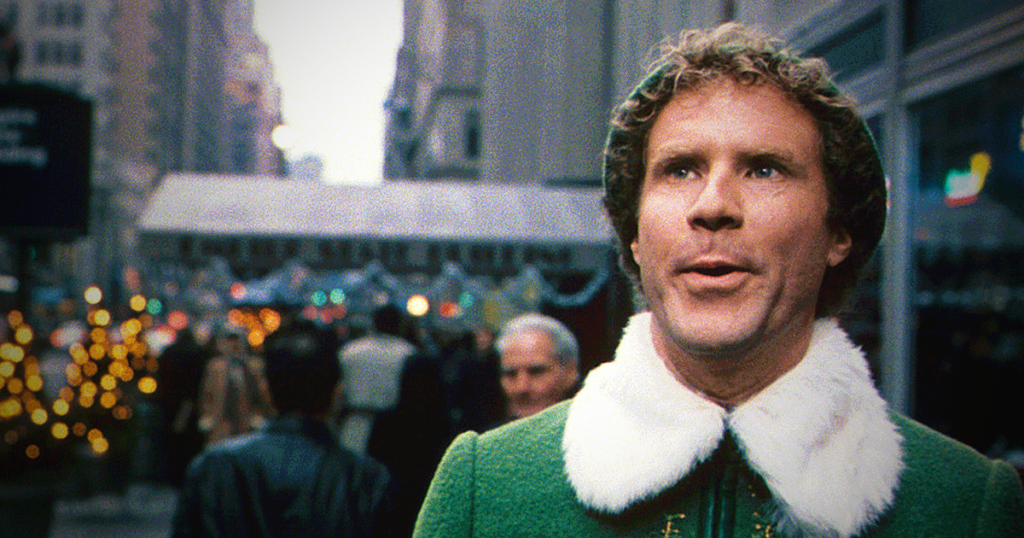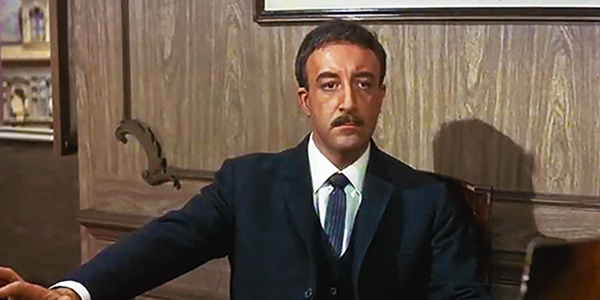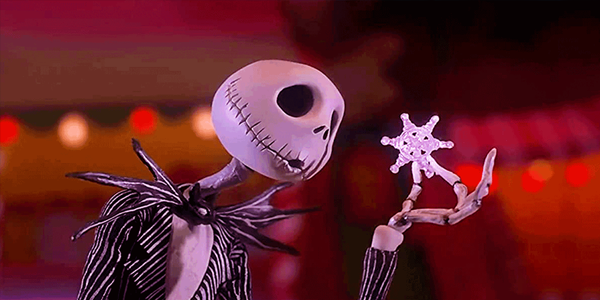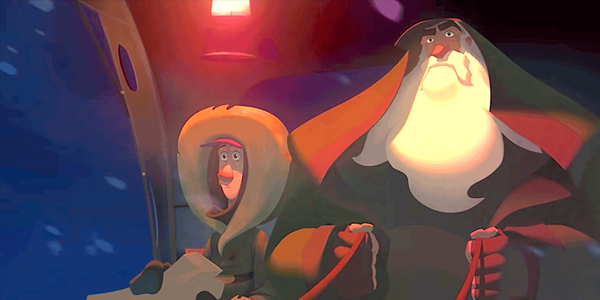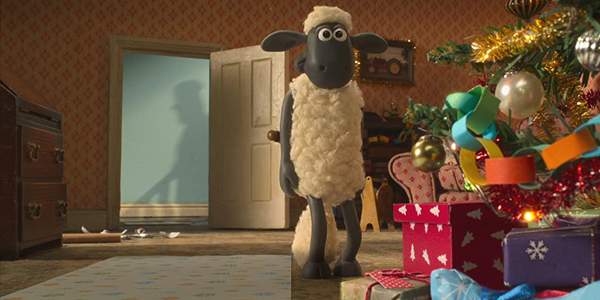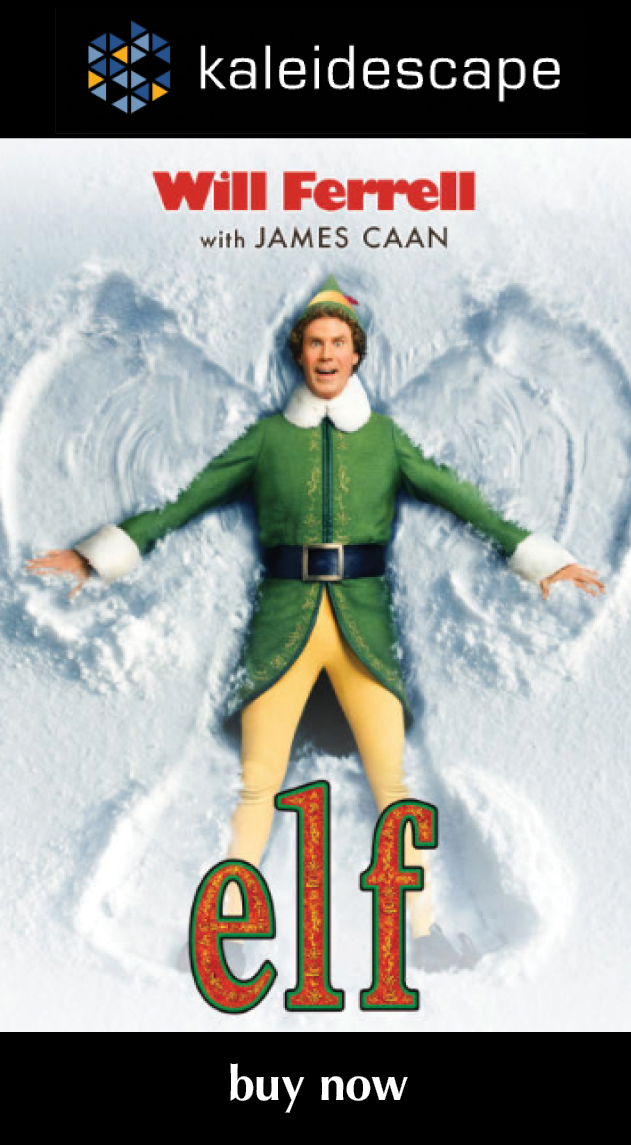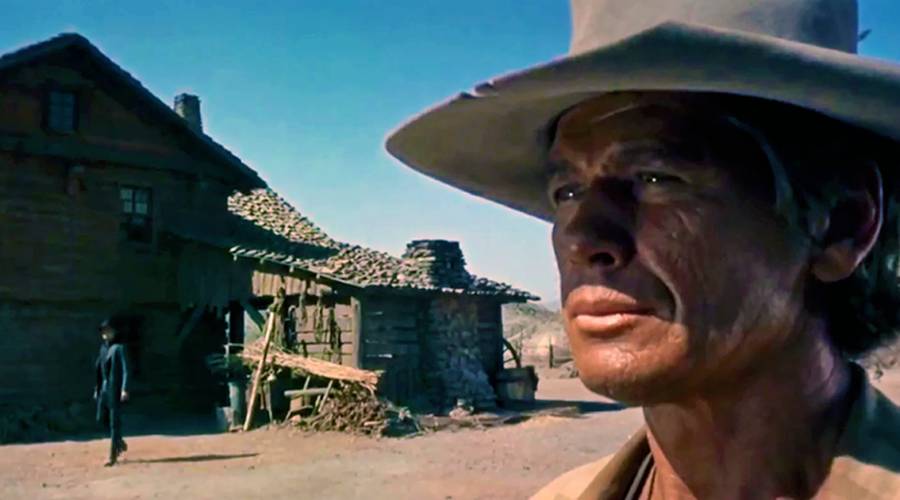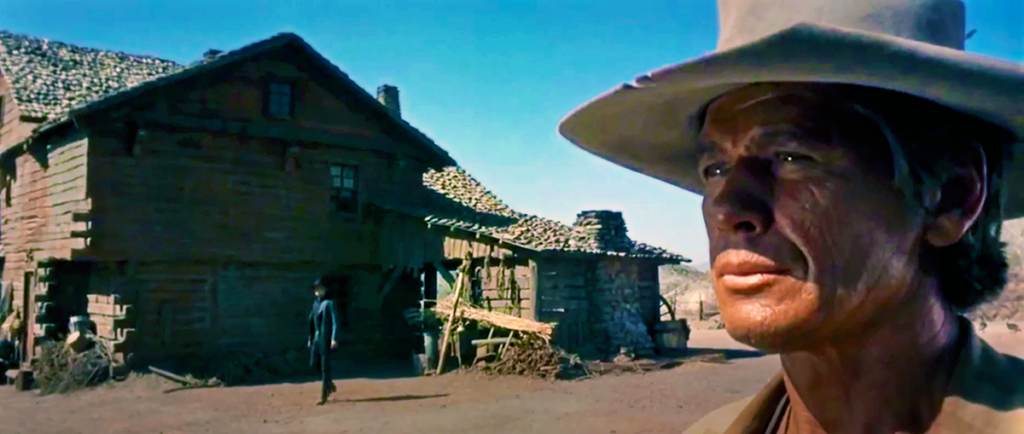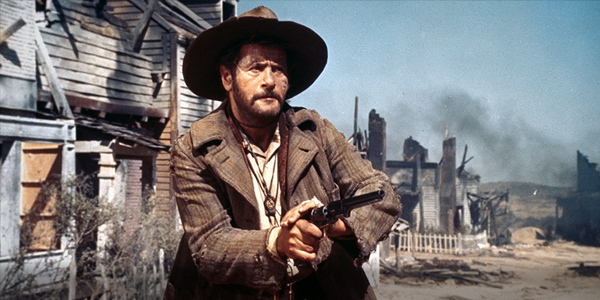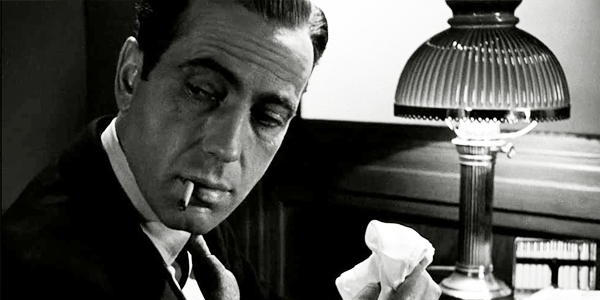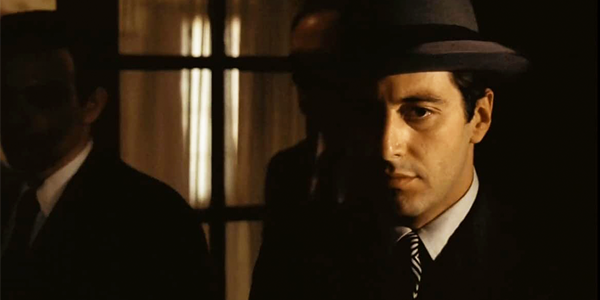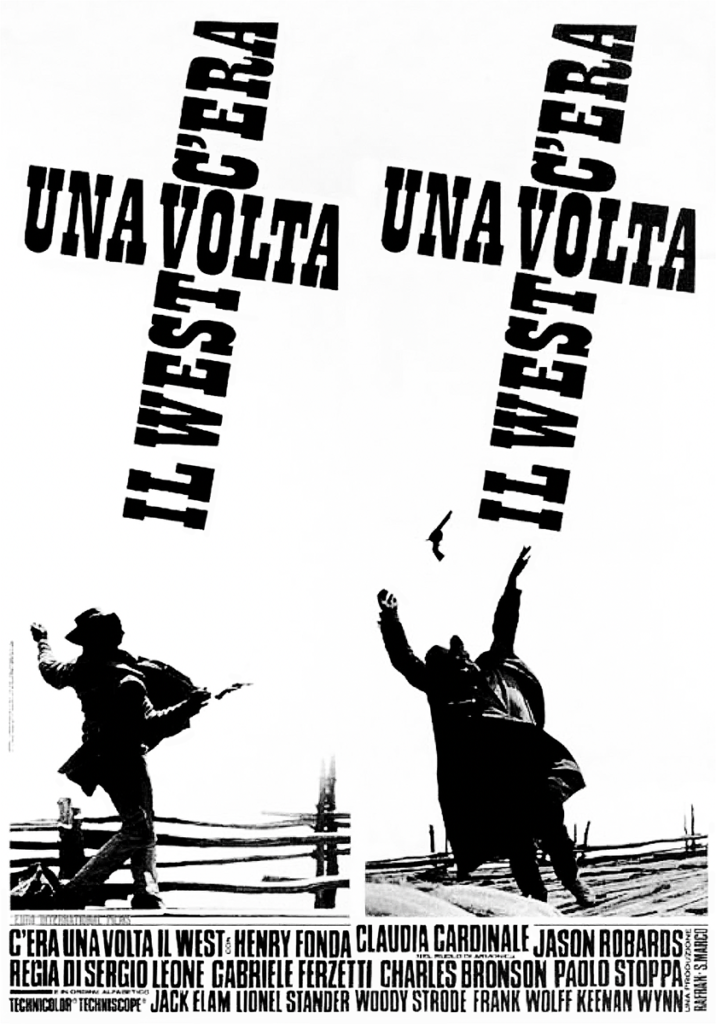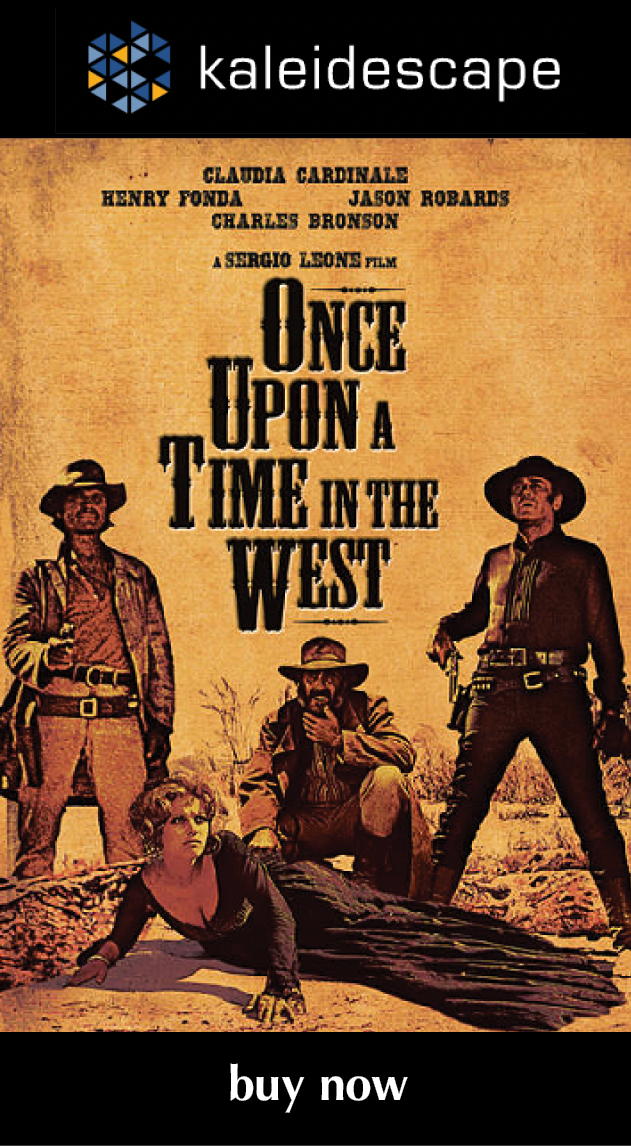Review: This is Spinal Tap
also on Cineluxe
Sign up for our monthly newsletter
to stay up to date on Cineluxe
The first real mockumentary still comes on strong on streaming, despite being tripped up by some overzealous image manipulation
by Michael Gaughn
December 8, 2023
I need to get some bitching out of the way before I dive in—a little bitch and a big one. The little one: I wanted to rent This is Spinal Tap but none of the streaming services offer it for rental so I was forced to buy it instead. Nothing against Tap—it’s one of the great movie comedies (leagues beyond the shrill and humorless Some Like It Hot)—I just have no use for a streaming copy. Amazon only charged a couple bucks more than they would have for a rental, but still. It’s the principle of the thing.
The bigger bitch: It looks like hell. I’m sure many, if not most, people would praise it as looking clean with punchy enough color, but that’s kind of beside the point. Spinal Tap was shot in the early ‘80s on 16mm film and it’s just not convincing as a documentary if it doesn’t look like it was shot in the early ‘80s on 16mm film. But somebody went nuts with the enhancement, creating the kind of too crisp, pointillistic look I get whenever I screw around too much with the sharpening tool in Premiere.
I know that kind of thing is now so common it’s become expected. What was done to The Godfather should have raised howls—I didn’t even hear whimpers. But it’s especially egregious when applied to 16mm, where it can’t look anything other than forced and artificial. And it’s not something that’s easy to get used to. I found its sand-art aesthetic pulling me out of the film over and over for the duration.
I know my issue with this can’t fall on anything but deaf ears at a time when both audiences and studios are determined to make sure everything looks like it’s a product of the present moment, even though the present moment irredeemably sucks. But when it undermines the whole spirit of a film—especially at a time when so many contemporary movies are trying to ape the look of 16mm—there’s just no possible excuse.
All that aside, Spinal Tap holds up mightily—far better than I would have expected going into it. It wasn’t the first mockumentary, but it was the first one to get all the basics right. And it’s got more depth to it than any of the mocus that have come in its wake, partly because Rob Reiner and company achieve the almost impossible task of honoring the conventions of satire while fleshing out the characters in ways the form doesn’t usually allow.
The Office (the U.S. Office) never would have happened without Tap—not just because of the form, but because Peter Smokler, the Office DP who defined the look of the mockumentary genre, cut his teeth on Spinal Tap. In fact, there’s a strong and true through-line from Tap to The Larry Sanders Show to Freaks and Geeks to The Office.
Tap is the pinnacle of Reiner’s career, before he descended into churning out that series of beloved “Rob Reiner” films that were hugely successful but all felt too slick and corporate—soulless. It’s not to take anything away from Reiner’s work on Tap to wonder how much Harry Shearer, Michael McKean, and Christopher Guest contributed to the film’s genius—because it is a work of genius. Yes, McKean, Guest, and Shearer created a beyond convincing fake band to build the movie around, but they also seem to have been co-equal to Reiner to making the film work as film.
It would be lazy to give too much of that credit to Guest, who would essentially pick up the mantle from Reiner and create his own reputation as a mockumentarian. But even the strongest of his efforts—Best of Show—is just pleasing and diverting. It doesn’t come within lightyears of what Tap was able to achieve.
There’s zero point in rehashing the particulars of Tap at this late date since practically every frame of the film is now baked deeply into the culture, but I have to point out how much Harry Shearer was able to do in the otherwise thankless role of second banana. He gets, and then brilliantly milks, the two best sight gags in the film: the (admittedly an acquired taste) ”stuck in the giant plastic chrysalis” bit and the now legendary “zucchini in the trousers” bit, indisputably one of the great sight gags in cinema.
Lastly, the film’s frequent references to racism and sexism reminded me how long we’ve been stuck in that conversation, have been trying to play by those rules, while making practically no discernible headway, but have instead managed to turn legitimate concerns about decency and fairness into wedges to drive huge swaths of the populace, and single individuals with them, apart. It might be time to give up on playing out that particular lose-lose scenario—it’s clearly become nothing but a way to maintain the status quo—and consider that any kind of sustainable decency might need to be rooted in commonality, not difference, instead.
Michael Gaughn—The Absolute Sound, The Perfect Vision, Wideband, Stereo Review, Sound & Vision, The Rayva Roundtable, marketing, product design, some theater designs, a couple TV shows, some commercials, and now this.
PICTURE | Way over-enhanced, in a way that completely undermines the film’s shot-in the-early-’80s-on-16mm documentary aesthetic
SOUND | The on-set sound is about what you could expect from a pseudo documentary. The music tracks are cleaner and more dynamic, though, with the occasional too-extreme separation of the time.
© 2024 Cineluxe LLC
